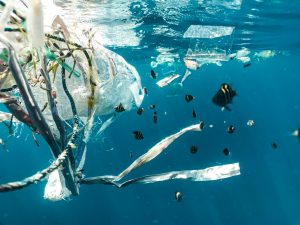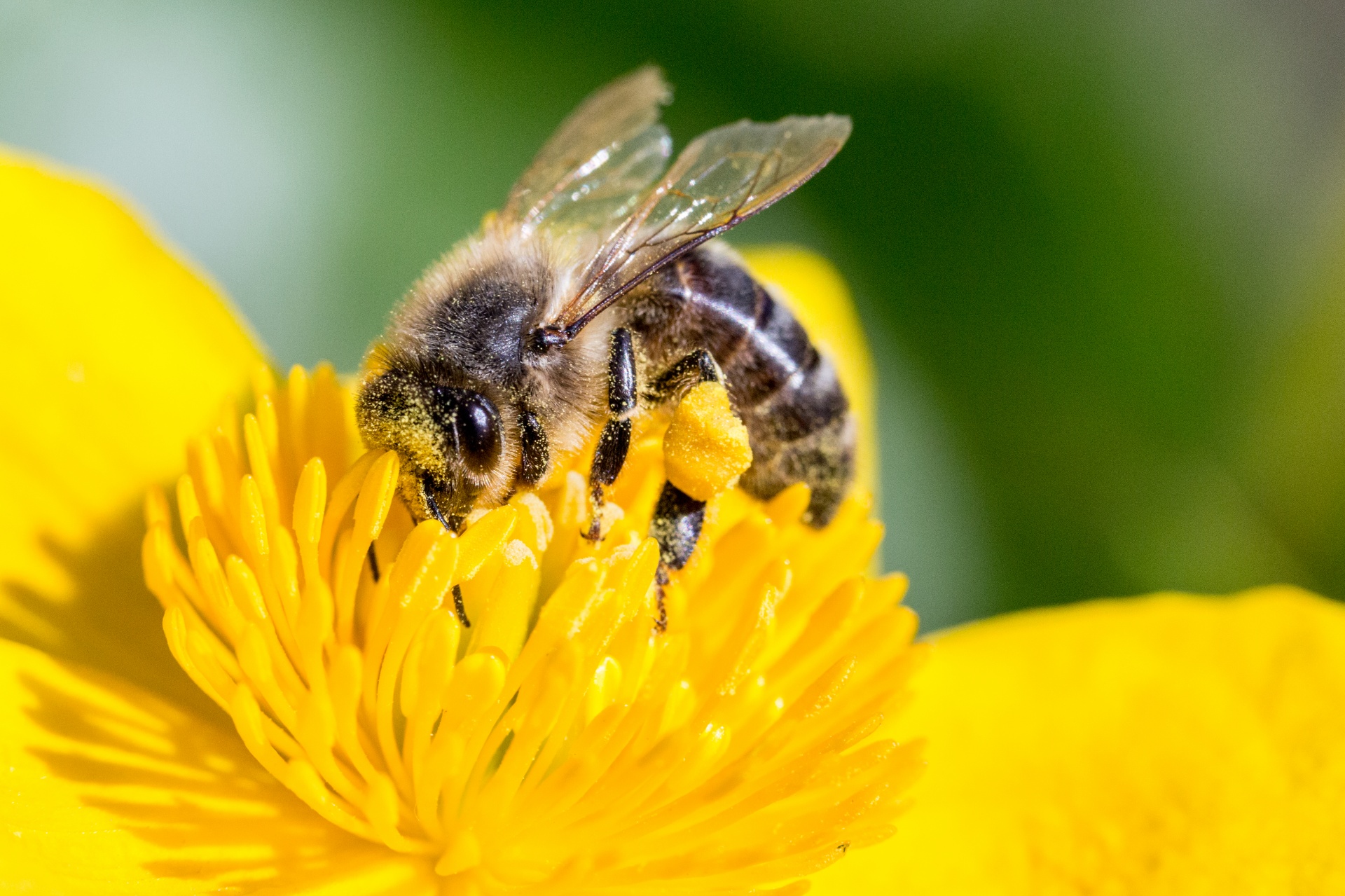The Fire Alarm is On Fire.
Signals of climate instability are flashing red. Record-breaking heat, persistent droughts, catastrophic floods, and extreme storms are happening with increasing frequency. Scientists no longer debate whether the climate is changing but rather how much worse it will get and how fast. The world isn’t just warming—it is becoming more chaotic, unpredictable, and destructive.
2023 was the warmest year ever recorded, outperforming previous records by a large margin. The worldwide average temperature was 1.48°C higher than pre-industrial levels, approaching the 1.5°C limit established by the Paris Agreement. Some areas experienced temperatures that above historical norms by several degrees for weeks at a time. The oceans, which absorb the majority of the planet’s excess heat, reached their highest recorded temperatures, upsetting marine ecosystems and worsening storms.
 The Atlantic hurricane season was among the most intense in history. Warmer ocean waters fuelled stronger storms, resulting in disastrous landfalls. Hurricane Idalia, which hit Florida, quickly grew from a tropical storm to a Category 4 hurricane in less than 48 hours. This cycle is growing more common as storms absorb energy from rising water temperatures.
The Atlantic hurricane season was among the most intense in history. Warmer ocean waters fuelled stronger storms, resulting in disastrous landfalls. Hurricane Idalia, which hit Florida, quickly grew from a tropical storm to a Category 4 hurricane in less than 48 hours. This cycle is growing more common as storms absorb energy from rising water temperatures.
Wildfires raged across the Northern Hemisphere on an unparalleled scale. Canada had its worst wildfire season ever, with almost 18 million hectares burned—roughly the size of North Dakota. The fires emitted more than a billion tonnes of CO2, exacerbating climate change. In Europe, record temperatures fuelled flames in Greece, Spain, and Portugal, causing thousands to flee.
El Niño exacerbated the problem by raising global temperatures even more. This natural climate phenomena warms the Pacific Ocean and alters global weather patterns. It decreased the monsoons in India, led to record heat in South America, and created severe droughts across Africa. Scientists warn that climate change is causing larger El Niño episodes, resulting in greater repercussions.
Antarctica’s sea ice has hit an all-time low. In September 2023, satellite data revealed that Antarctic sea ice extent was 1.5 million square kilometres below average—an area five times the size of the United Kingdom. Scientists had long expected Arctic ice to disappear, but the tremendous loss in Antarctica astounded the scientific community. The consequences could be severe, as Antarctic ice plays a key role in regulating global ocean currents.
Flooding events broke prior records. In Libya, Storm Daniel dumped more rain in a single day than some locations receive in an entire year. Dams collapsed, unleashing torrents of water on cities, killing thousands. In China, severe rains caused devastating landslides that displaced millions. In the United States, storms poured a year’s worth of rain on areas of California in just a few weeks.
Droughts grew more severe over the planet. The Amazon Rainforest, frequently referred to as the planet’s lungs, experienced one of the most severe droughts recorded. Rivers have dried up, isolating people who depend on rivers for transportation and sustenance. In Africa, the Horn of Africa saw its sixth straight failed rainy season, bringing millions to the edge of hunger.
Climate change is also altering seasonal patterns. Spring arrives earlier, upsetting ecosystems that depend on precise timing. Pollinators appear before the flowers bloom. Migratory birds arrive at nesting areas to find their food supplies diminished. Nature’s delicate balance is unravelling.
Scientists warn that extreme weather events will become the norm unless global emissions are significantly reduced. Fossil fuel usage continues to be the principal driver of climate change, with CO2 emissions expected to reach historic levels in 2023. Despite international agreements to reduce emissions, fossil fuel output continues to increase, particularly in the United States and China.
The world is unprepared for the upcoming changes. Infrastructure designed for previous climate conditions is crumbling under new extremes. Cities meant to withstand moderate weather are increasingly facing heatwaves, storms, and flooding that surpass engineering tolerances. During heatwaves, ageing electricity systems collapse due to increased demand from air cooling. Roads and rails buckle in excessive heat.
Food security is becoming jeopardised. Crop yields are falling as heatwaves, droughts, and floods devastate agriculture. Wheat output in China has declined due to severe rainfall. Spain’s olive oil production has dropped due to severe drought. Coffee farmers in Brazil saw both frost and heat in the same season. The global food supply network is stressed.
Insurance firms are moving away from high-risk areas. Homeowners in wildfire-prone areas of California and hurricane-hit states such as Florida are having their insurance policies cancelled or their premiums increased. In other circumstances, whole neighbourhoods have become uninsurable. The financial system is beginning to recognise the economic threats posed by climate change.
Water scarcity is becoming an increasing problem. The Colorado River, a vital water source for millions in the southwestern United States, is at historic lows. The Mississippi River’s water levels were so low in 2023 that barge navigation was hampered. In Asia, the Himalayan glaciers, which provide water to billions, are melting at an alarming rate.
Climate migration is accelerating. Rising sea levels endanger coastal cities. In Bangladesh, saltwater intrusion is driving farmers to quit their properties. Communities in Louisiana and Alaska are being moved because erosion and flooding have rendered them uninhabitable. Governments are having to deal with the displacement of millions.
The public health system is also under strain. Heatwaves are killing thousands of people, primarily the elderly and weak. Mosquito-borne diseases such as dengue and malaria are spreading to new areas as temperatures rise and mosquito habitats grow. Wildfire-related air pollution is increasing respiratory diseases. Hospitals are grappling with climate-related health crises.
The solutions are clear. Rapidly phasing out fossil fuels, scaling up renewable energy, and investing in climate adaptation are necessary. But political will remains weak. Fossil fuel companies continue to receive subsidies. Many governments hesitate to take bold action, fearing economic repercussions. The longer the delay, the worse the consequences.
The fire alarm is on fire. The warnings are no longer theoretical. The extreme weather of recent years is only the beginning. The world faces a choice: act decisively or endure escalating climate chaos. What will it take to turn the alarm into action?
Further reading:
New Scientist – “A confluence of climate events suggests weird and dangerous weather is here to stay”
NASA – “Climate Change: How Do We Know?”
NOAA – “Billion-Dollar Weather and Climate Disasters”
IPCC – “Sixth Assessment Report”
The Guardian – “The world is on track for more extreme weather disasters”
 Red deer numbers in Scotland have increased in the absence of natural predators such as wolves, resulting in overgrazing and impeding forest growth. This overpopulation causes environmental damage and increased carbon emissions. A study shows that importing roughly 170 wolves might lower deer numbers, allowing woodlands to recover and store up to one million tonnes of CO₂ yearly, considerably contributing to the UK’s climate goals.
Red deer numbers in Scotland have increased in the absence of natural predators such as wolves, resulting in overgrazing and impeding forest growth. This overpopulation causes environmental damage and increased carbon emissions. A study shows that importing roughly 170 wolves might lower deer numbers, allowing woodlands to recover and store up to one million tonnes of CO₂ yearly, considerably contributing to the UK’s climate goals.
 The Atlantic hurricane season was among the most intense in history. Warmer ocean waters fuelled stronger storms, resulting in disastrous landfalls. Hurricane Idalia, which hit Florida, quickly grew from a tropical storm to a Category 4 hurricane in less than 48 hours. This cycle is growing more common as storms absorb energy from rising water temperatures.
The Atlantic hurricane season was among the most intense in history. Warmer ocean waters fuelled stronger storms, resulting in disastrous landfalls. Hurricane Idalia, which hit Florida, quickly grew from a tropical storm to a Category 4 hurricane in less than 48 hours. This cycle is growing more common as storms absorb energy from rising water temperatures. Several factors are behind this increase. China’s growing industrialisation and urbanisation have resulted in increased energy demand, mostly from coal. Coal burning contributes significantly to China’s CO₂ emissions.
Several factors are behind this increase. China’s growing industrialisation and urbanisation have resulted in increased energy demand, mostly from coal. Coal burning contributes significantly to China’s CO₂ emissions.
 Impact on Marine Life
Impact on Marine Life
 However, the project’s critics highlight its significant environmental implications. Environmental activists, local residents, and climate experts warn that the expansion could result in substantial increases in greenhouse gas emissions, undermining the UK’s net-zero targets. The additional flights could add up to 9 million tonnes of CO₂ annually, according to a report from the Committee on Climate Change (CCC).
However, the project’s critics highlight its significant environmental implications. Environmental activists, local residents, and climate experts warn that the expansion could result in substantial increases in greenhouse gas emissions, undermining the UK’s net-zero targets. The additional flights could add up to 9 million tonnes of CO₂ annually, according to a report from the Committee on Climate Change (CCC). Neonicotinoids, including Cruiser SB, have long been a point of contention among farmers, environmentalists, and policymakers. These chemicals are highly effective in protecting crops from pests but are also notorious for their devastating impact on pollinators. Studies have shown that even small amounts of exposure can impair bees’ cognitive functions, navigation abilities, and reproductive success, with prolonged exposure often proving fatal.
Neonicotinoids, including Cruiser SB, have long been a point of contention among farmers, environmentalists, and policymakers. These chemicals are highly effective in protecting crops from pests but are also notorious for their devastating impact on pollinators. Studies have shown that even small amounts of exposure can impair bees’ cognitive functions, navigation abilities, and reproductive success, with prolonged exposure often proving fatal. Soil health forms another crucial aspect of the study. Healthy soil is essential for a thriving ecosystem, supporting plant growth and water regulation. The study will evaluate soil composition and structure, offering insights into sustainable agricultural practices that can boost soil fertility while cutting carbon emissions. The Soil Association, a leading organization advocating for healthy and sustainable food, highlights the role of organic farming in preserving soil health. More information can be found at [
Soil health forms another crucial aspect of the study. Healthy soil is essential for a thriving ecosystem, supporting plant growth and water regulation. The study will evaluate soil composition and structure, offering insights into sustainable agricultural practices that can boost soil fertility while cutting carbon emissions. The Soil Association, a leading organization advocating for healthy and sustainable food, highlights the role of organic farming in preserving soil health. More information can be found at [
 For decades, stories of large cats wandering the British countryside were ignored as folklore or hyperactive imaginations. However, accumulating evidence suggests that these elusive predators are not merely passing through, but are actively naturalising in the UK. Reports, pictures, and ecological studies point to a rising population of wild big cats living in the British wilderness.
For decades, stories of large cats wandering the British countryside were ignored as folklore or hyperactive imaginations. However, accumulating evidence suggests that these elusive predators are not merely passing through, but are actively naturalising in the UK. Reports, pictures, and ecological studies point to a rising population of wild big cats living in the British wilderness.